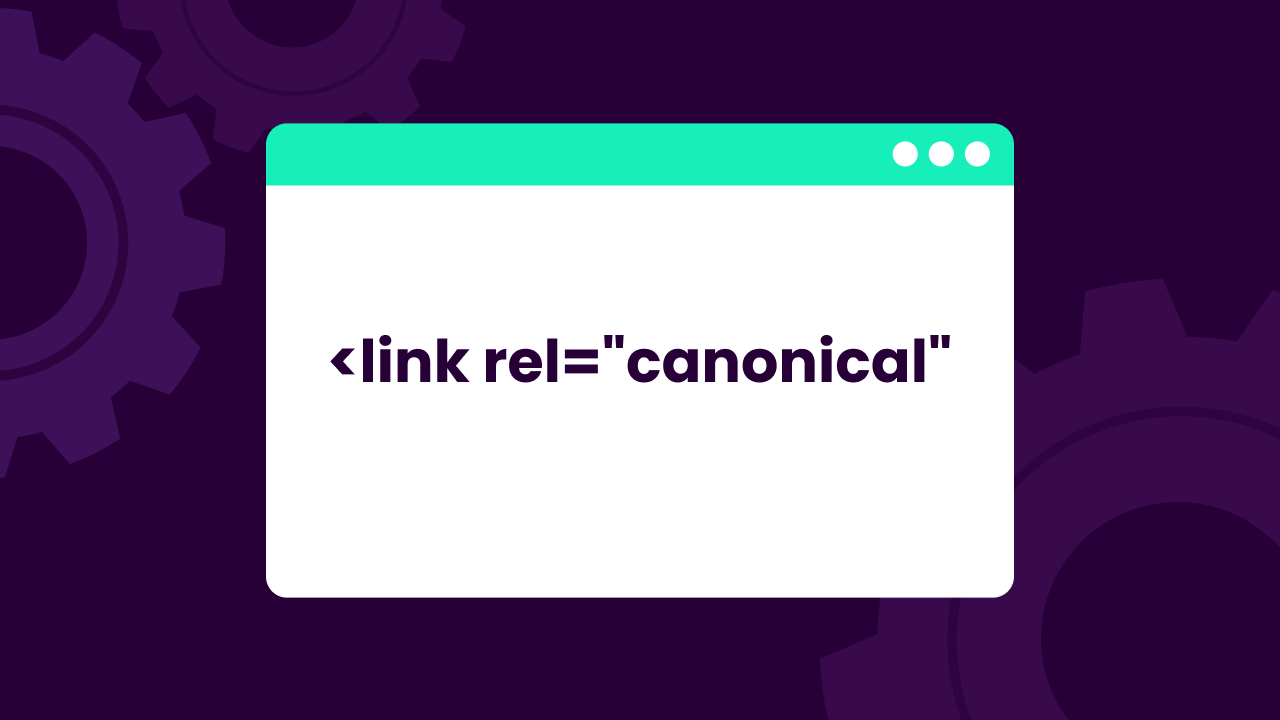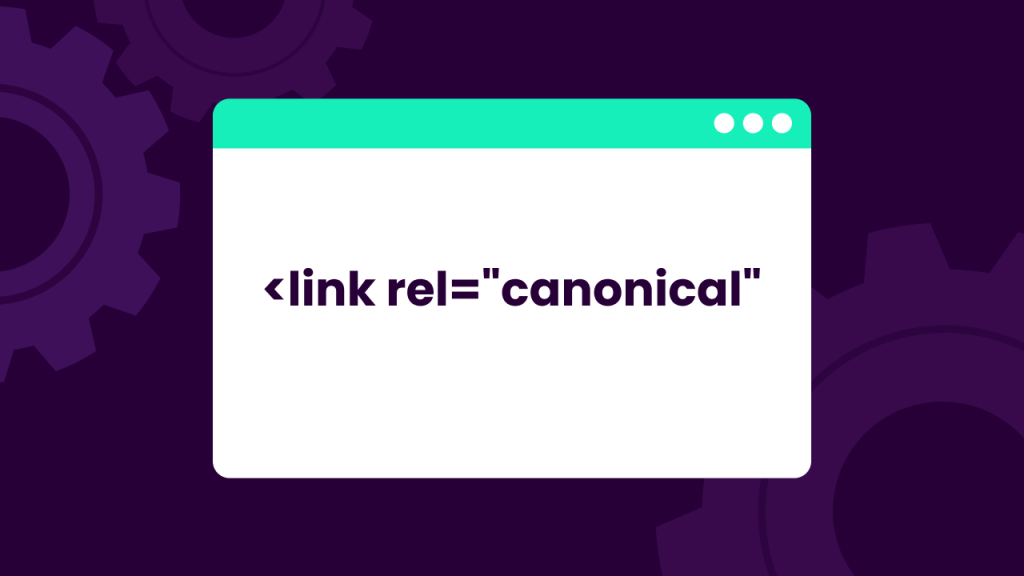You know that feeling of going to a Starbucks or to your favorite coffee shop branch in a new city or country you haven’t been to?
You go to the store, you already know what to order and where to do so. It feels like home!
Now imagine that store is your website! Although we’re constantly navigating trough different websites and applications, we know most of them follow the same pattern.
When they don’t, that may be pretty annoying, right? That’s why we need to think about User Experience!
But what is user experience? What separates user experience from user interface design? Why should you care about user experience when developing your website?
In this article, I will answer all of these questions and give you a complete overview of the main UX aspects.
By the end of this article, you’ll have a better understanding of what makes up a good user experience – and why it’s so important for your business.
What Is User Experience?
User experience (UX) refers to a person’s emotions and attitudes about using a particular product, system or service.
It includes the practical, experiential, affective, meaningful, and valuable aspects of human-computer interaction and product ownership.
Essentially, UX is about how a user feels when interacting with your product or service.
What Is User Experience Design?
User experience design (UXD or UED) is the process of enhancing user satisfaction with a product by improving the usability, accessibility, and pleasure provided in the interaction with the product.
User experience design encompasses traditional human factors and ergonomics, as well as many other disciplines such as anthropology, psychology, sociology, information architecture, interaction design, and visual design.
Why Is User Experience Important?
User experience is important because it helps to ensure that users are able to easily and effectively use a product, system, or service.
A good user experience can make the difference between a user who is satisfied with your product and one who is not.
In today’s competitive market, it is essential to have a good user experience if you want to keep your users happy and loyal.
Many factors contribute to a good user experience, including the design of the user interface, the quality of the content, and the overall usability of the product.
What’s information architecture in web design?
Information architecture is the practice of organizing, labeling, and navigation systems on websites.
The goal of a good information architecture is to help users find the information they need as quickly and easily as possible.
Badly designed information architectures can make it difficult for users to find what they need, resulting in frustration and even abandonment.
What is the difference between User Interface (UI) and UX?
The user interface (UI) is the graphical layout of an application or website.
It is the way the user interacts with the product, system, or service.
User experience (UX), on the other hand, is about how a user feels when using the product, system, or service.
It includes all aspects of the user’s interaction with the product, system, or service, including the UI.
While UI is important for a good user experience, it is only one part of the overall UX.
What are some common UX mistakes?
Many common UX mistakes can be made when designing a website or application.
Some of these mistakes include:
– Making the UI too complex
– Not making the UI consistent
– Not testing the UI with users
– Ignoring user feedback
All of these mistakes can lead to a poor user experience.
Therefore, it is important to avoid them when designing your website or application.
How To Design A Good User Experience process?
There is no one-size-fits-all answer to this question.
However, there are some general principles that you can follow to help you design a good UX process:
– Involve users in the design process
– Keep the user in mind at all times
– Constantly test and iterate
Following these principles will help you to design a good UX process that meets the needs of your users.
What are some common UX tools?
There are many different UX tools you can rely on for testing out.
Here are some of them I’ve already used myself:
– User research methods (e.g. surveys, interviews, focus groups)
– User testing methods (e.g. usability testing, A/B testing)
– User experience analytics (e.g. Google Analytics, Clicktale)
– Prototyping tools (e.g. Axure, Justinmind)
Each of these tools can be used to help you improve the user experience of your website or application.
Common methodologies used in information architecture
Information architecture isn’t something as new as it sounds.
It draws back from the 1970’s and it was originally used in different contexts and organizations.
Let me give you some examples.
Library Science
One of the most common examples is related to Library Science.
The Dewey Decimal Classification and the Library of Congress Classification are both systems of information architecture.
They have been used for decades to organize and categorize books in a libraries.
Cognitive psychology
Cognitive psychology is another example.
It studies how people process information.
The goal of cognitive psychology is to understand how people think, remember, and learn.
This knowledge can then be used to design better user interfaces.
Here are some aspects of cognitive psychology that have inlfuenced the discipline of information architecture:
Mental Models
Mental models are the way people understand the world.
They are based on our previous experiences and they help us make sense of new information.
For example, when you see a button that says “click here”, you know that you have to click on it with your mouse to do something.
Cognitive Load
Cognitive load is the amount of mental effort required to process information.
If the cognitive load is too high, people will have difficulty understanding and using a product, system, or service.
Therefore, it is important to keep the cognitive load low when designing user interfaces.
Decision Making
Decision making is another important aspect of cognitive psychology.
It refers to the process of choosing between different options.
When designing user interfaces, it is important to provide users with clear and concise choices.
Otherwise, they may become overwhelmed and make the wrong decision.
Conclusion
User experience is an important aspect to consider when developing a website.
It is the process of designing and creating websites and applications that are easy to use and meet the needs of the user.
There are many different aspects of user experience, such as information architecture, cognitive psychology, and decision making.
Each of these aspects can help to improve the user experience of a website or application.
User experience is important because it can help to improve the usability of a website or application.
It can also help to reduce the cognitive load for users and make it easier for them to make decisions.
Therfore, having a good UX can also impact your website when it comes to organic performance, for example, in SEO.
By following some simple principles, you can design a good UX process that meets the needs of your users.
Did you enjoy this content? Let me know in the comments below how are you planning to use your new UX skills!












